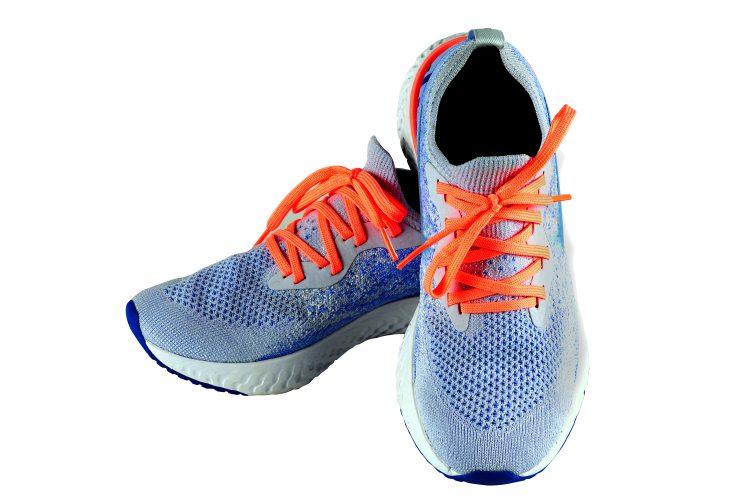The Skills Required
A number of key performance characteristics had to be met through careful hardware design. Multiple RF technologies required very careful PCB electrical and mechanical trade-off choices to be made.
Main processor and sub-system processor choices were central to both UX performance and battery life. Careful sensor choices had to be made to ensure world leading system performance.
Careful integration of all of these elements ensured compact size and low weight requirements could be met.
Good design choices were essential to ensure optimal use and interaction of a number of hardware sub systems. This enabled a distributed data processing system to remain synchronised, load-balanced and optimised for low cost, high performance and frugal battery usage.
Fen played a pivotal technology lead role in supporting the client and a number of third party partners.
Scientists, product designers, mechanical specialists and sensor technologists were all supported by Fen's design team, which enabled the synergy needed to create such a ground-breaking product.

The Brief
Our client, an established sports equipment manufacturer, wanted to enter the electronics wearables market with a product designed to help athletes monitor their performance and improve their technique.
The vision for the product was clear but support was needed to define the architecture and implementation detail, and then to manage full product development through to volume manufacture.
Cost, size, weight and battery life were significant constraints when considering their high performance specification.

The Solution
Significant up-front effort was invested with the client product team, first to fully understand the experience that they wanted to deliver to their users and then to explore the innovative methods, technologies and product architectures that could deliver this exceptional capability.
A smart data processing and data sharing architecture was devised, using Bluetooth Low Energy (BLE) as the prime communication method, to manage many parallel, sensor-data streams.
Novel algorithms fused those data streams to enable a unique, real-time analysis of athletic performance.
Fen specified an embedded system API to support third party app developers who created the desired user experience.
Fen was an integral part of the customer team to support unit testing, field trialling and provided an introduction to an Asian manufacturer.
The Skills Required
A number of key performance characteristics had to be met through careful hardware design. Multiple RF technologies required very careful PCB electrical and mechanical trade-off choices to be made.
Main processor and sub-system processor choices were central to both UX performance and battery life. Careful sensor choices had to be made to ensure world leading system performance.
Careful integration of all of these elements ensured compact size and low weight requirements could be met.
Good design choices were essential to ensure optimal use and interaction of a number of hardware sub systems. This enabled a distributed data processing system to remain synchronised, load-balanced and optimised for low cost, high performance and frugal battery usage.
Fen played a pivotal technology lead role in supporting the client and a number of third party partners.
Scientists, product designers, mechanical specialists and sensor technologists were all supported by Fen's design team, which enabled the synergy needed to create such a ground-breaking product.
